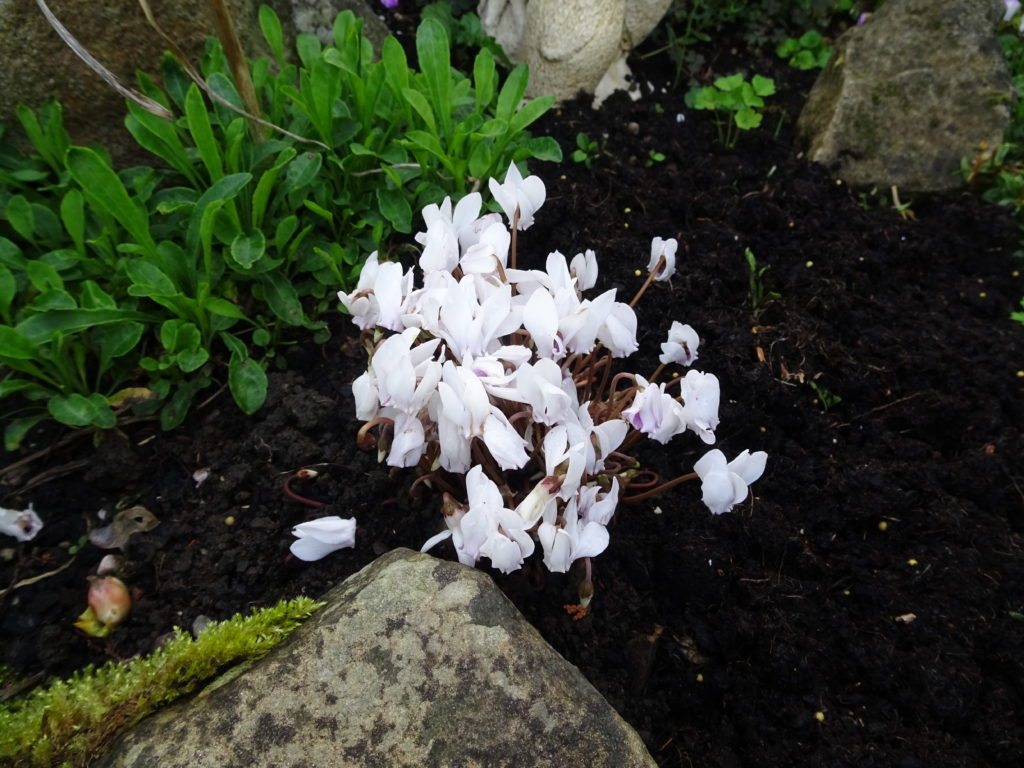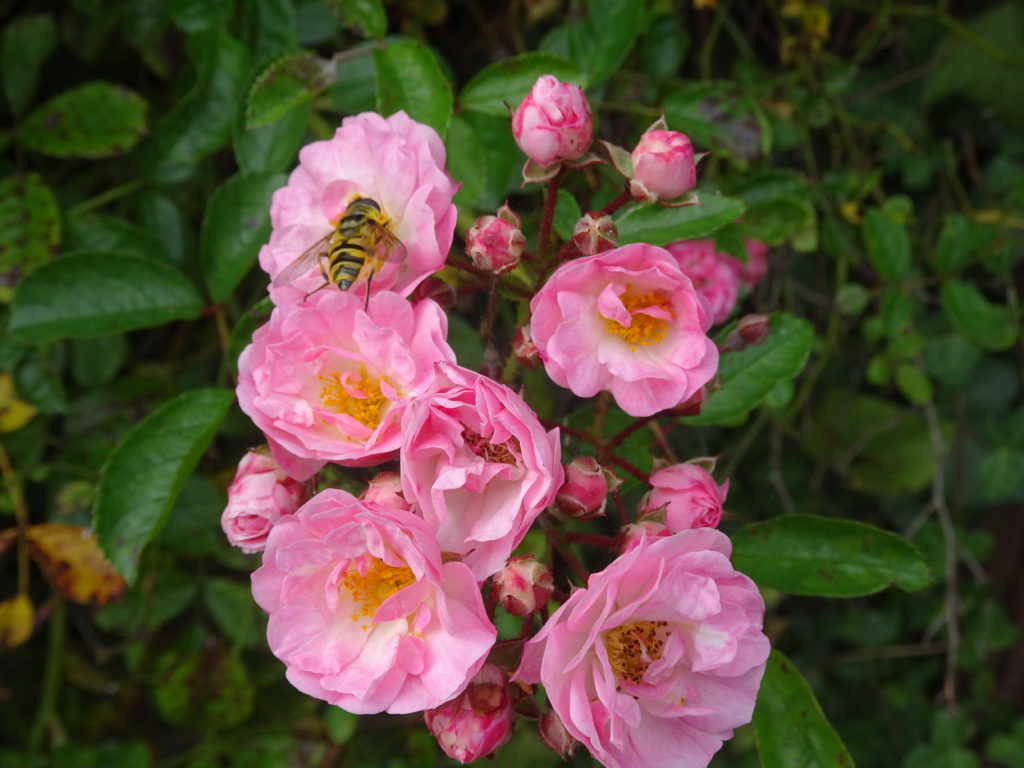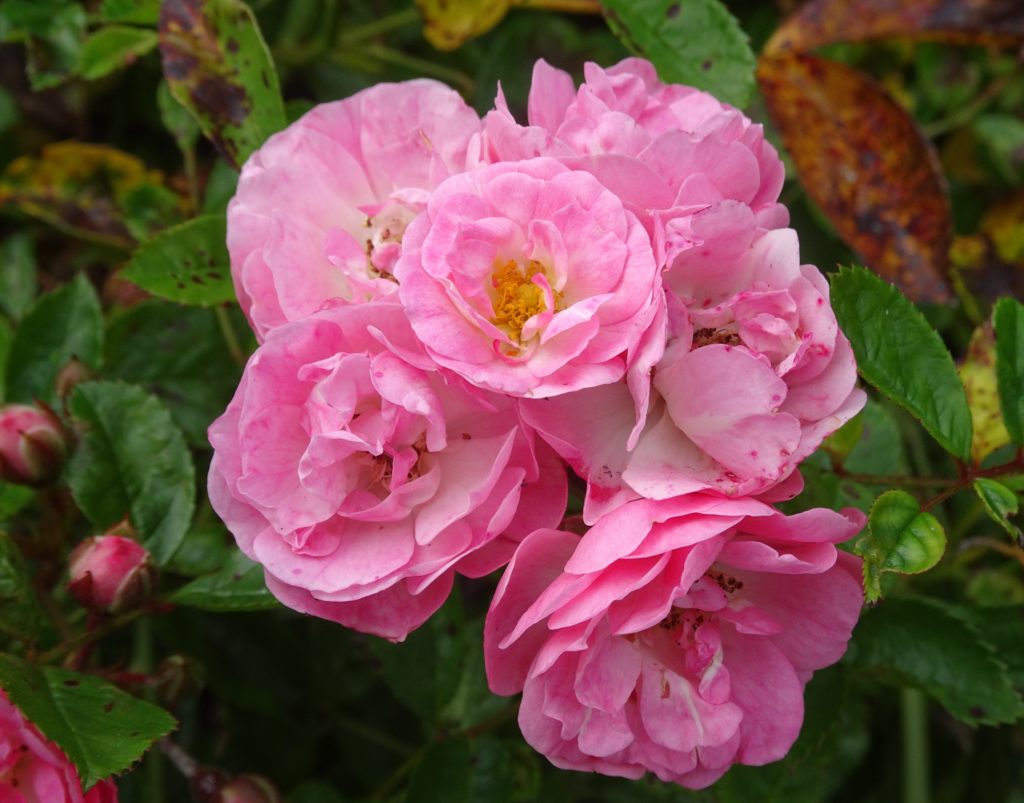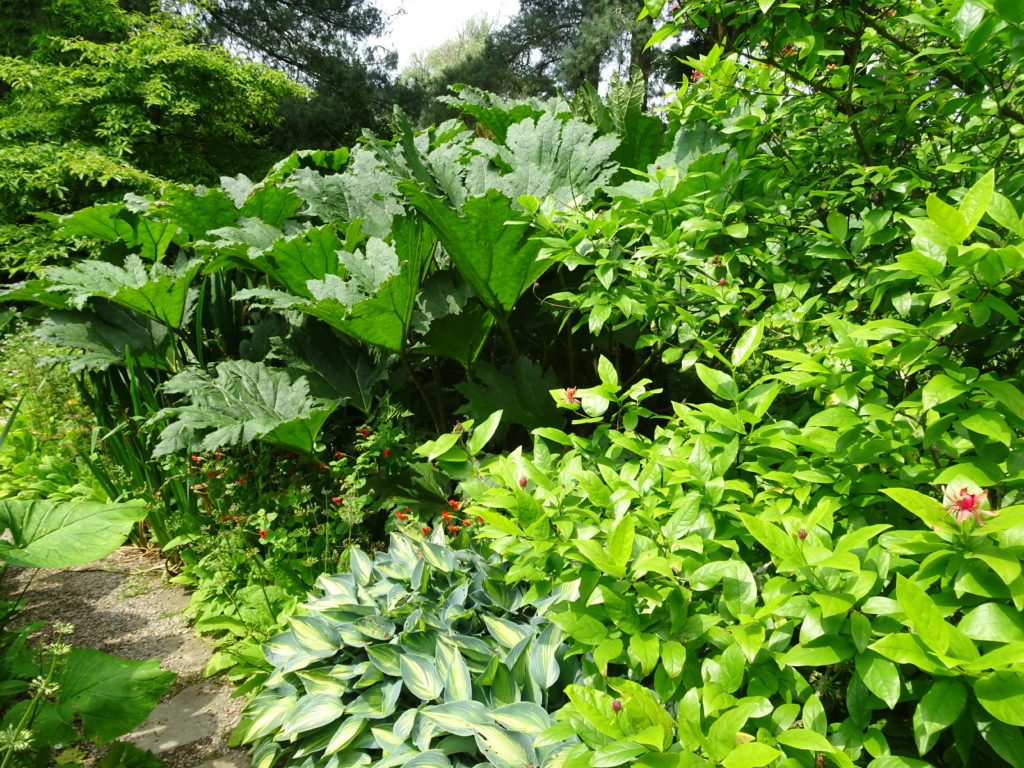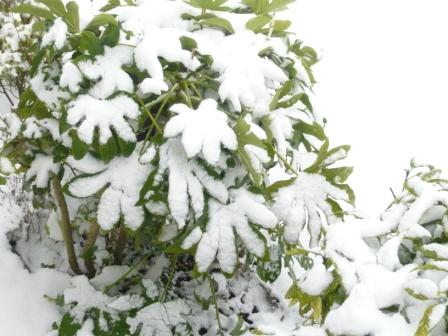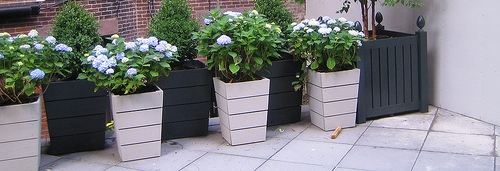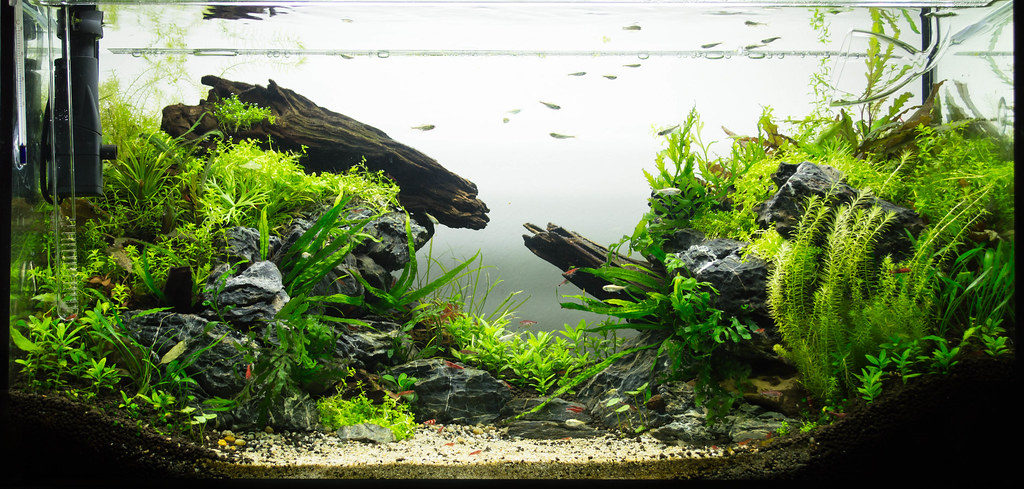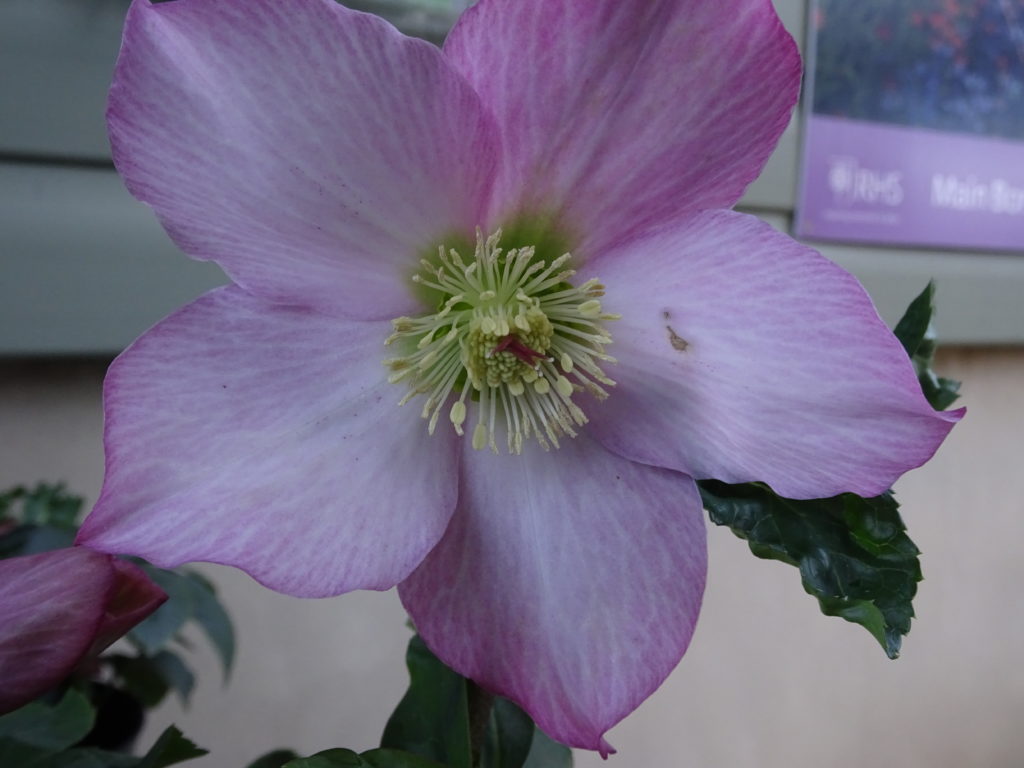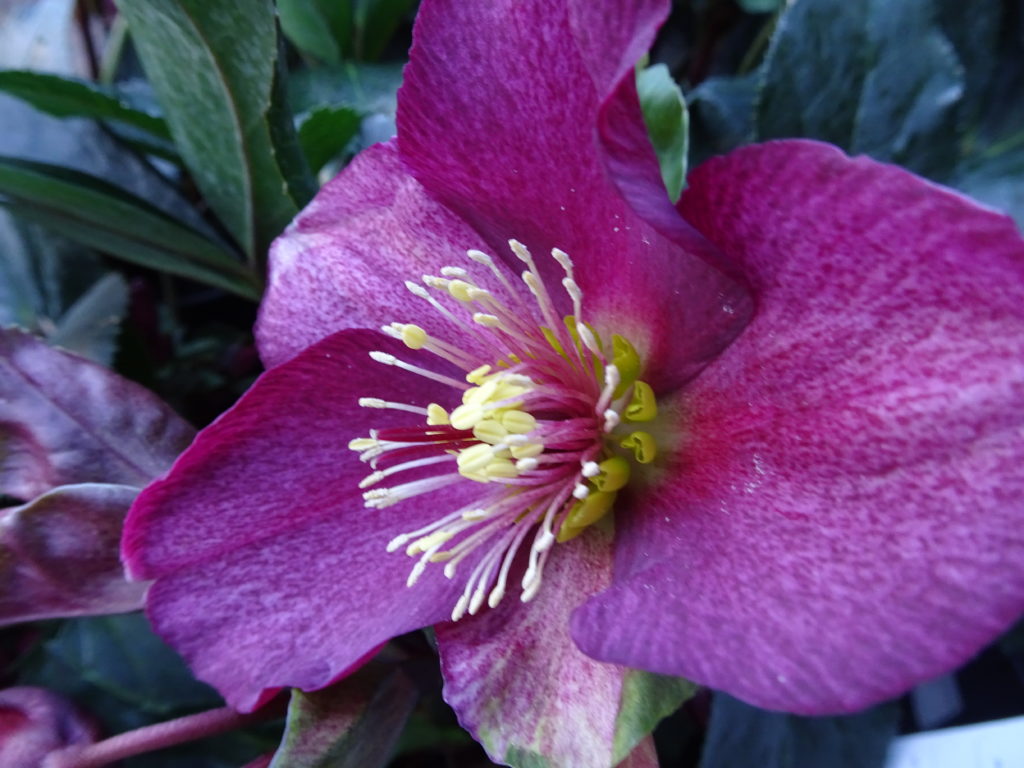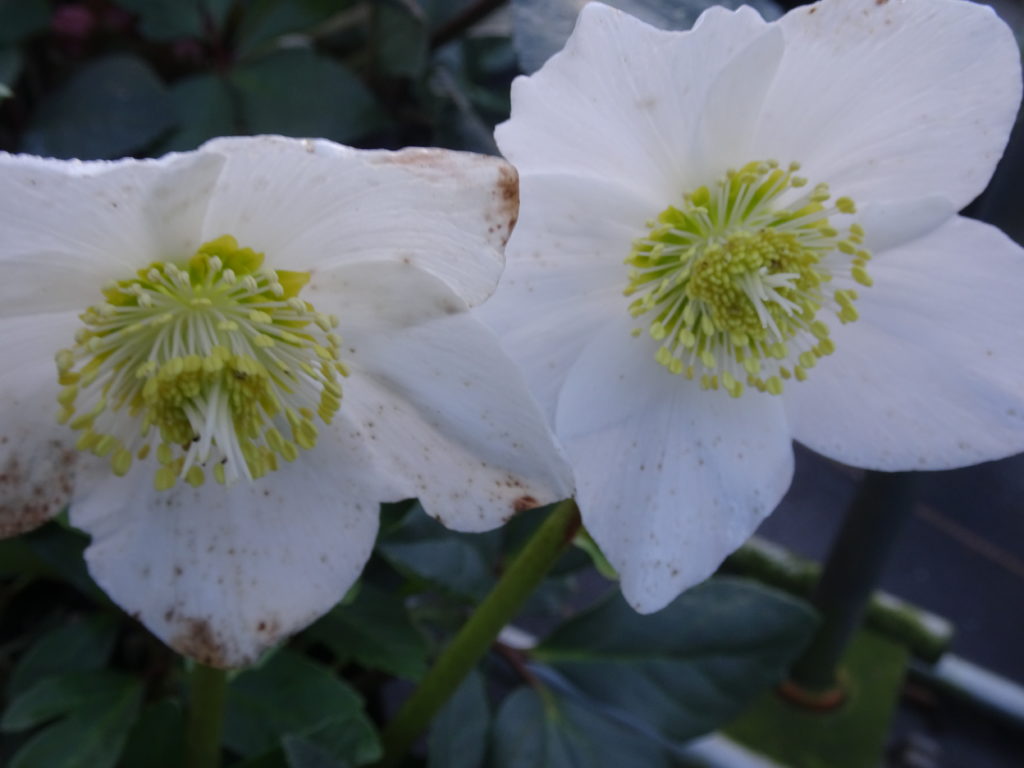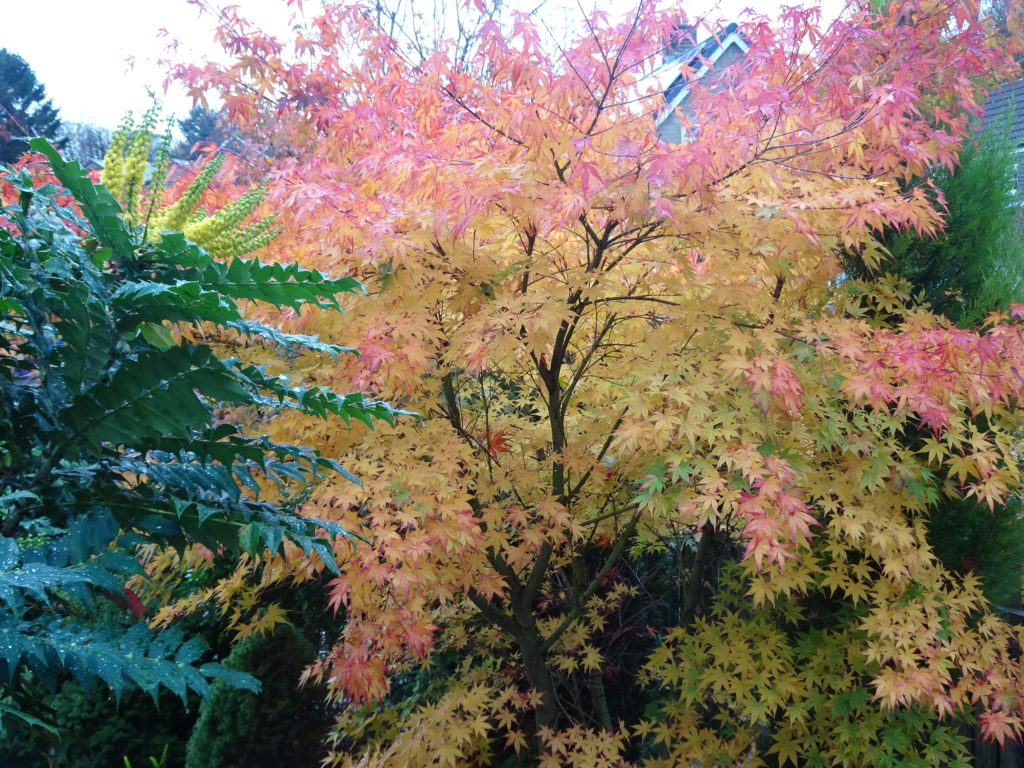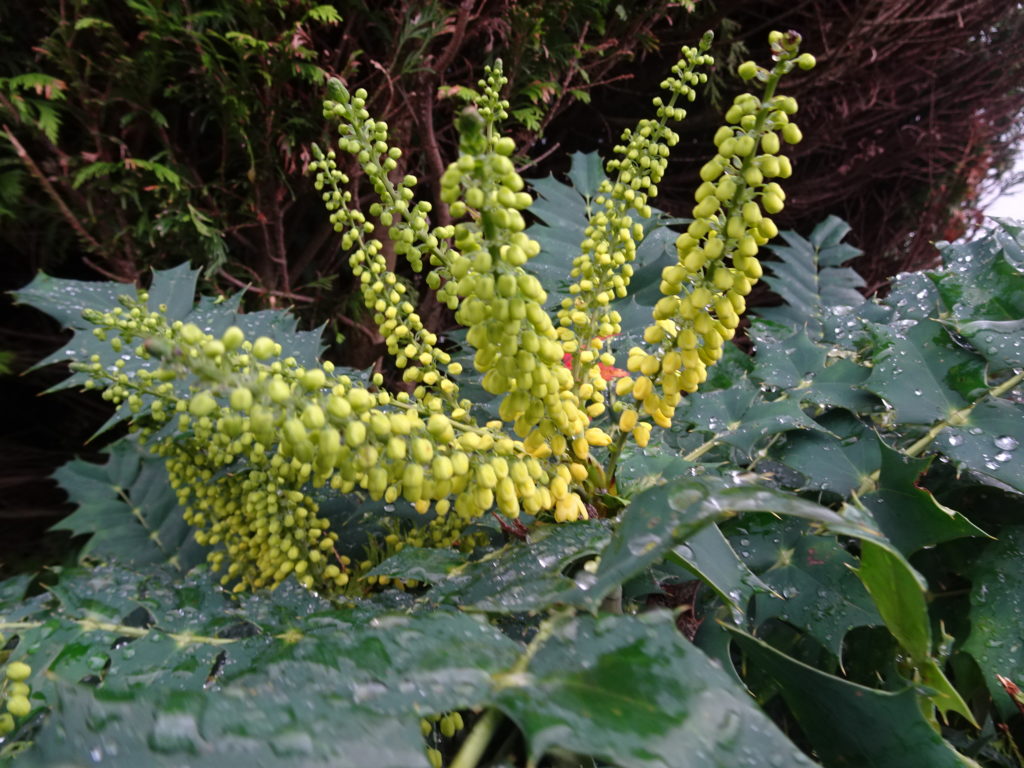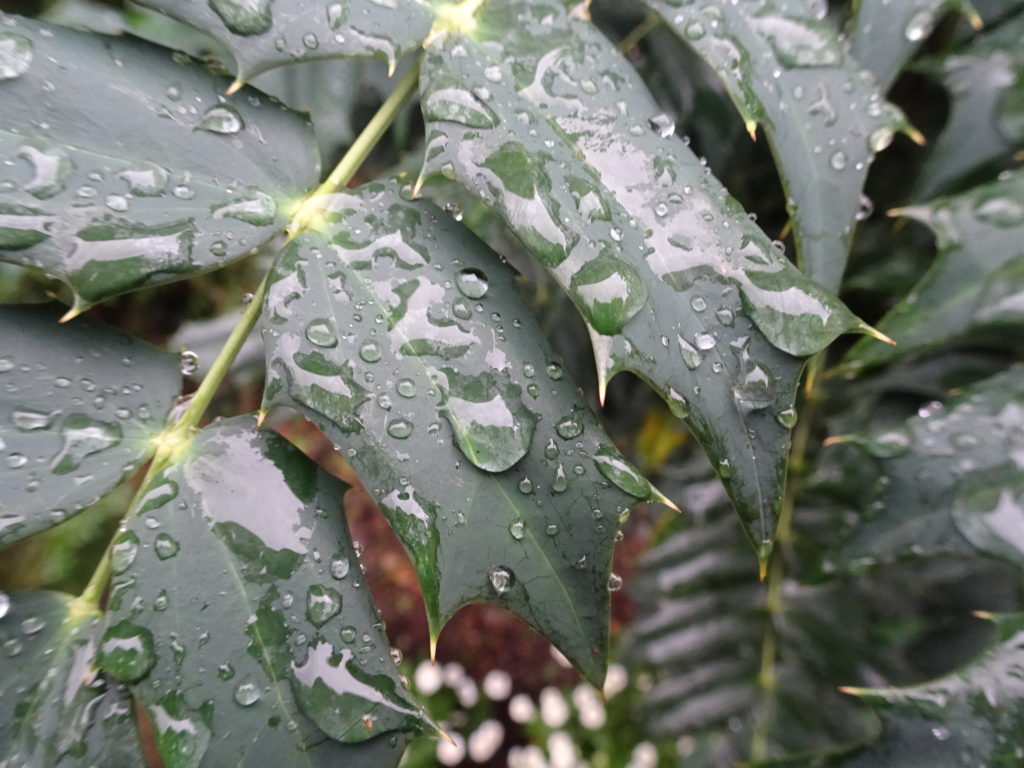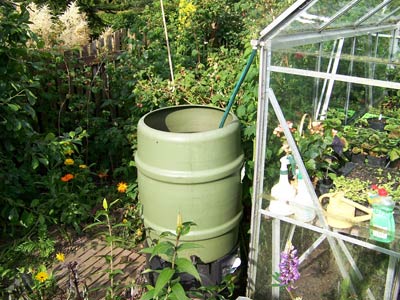Thank you Father Christmas – as I am usually Father Christmas to my children the wicker wigwam was a nice present to get from my offspring.
The wicker wigwam was not wrapped up in Christmas paper nor even adorned with a bit of tinsel. Still as a seasonal present I and the sweet peas will both appreciate the support. Getting height in our garden has always posed some difficulty as the house has a 3 foot wide path all the way around and it is hard to take advantage of the shelter from the walls or the reflected heat that would be appreciated by the more tender plants. I have still to see a plant pot system that would cater for similar garden layouts perhaps with an oblong tub, half arch or corner feature. Mmmn that has set me thinking.
Plants To Grow up my new Wicker Wigwam
I am renown for over planting and squeezing to much into the available space. It is a feature not just of my garden but my art, hobby collecting and other activities. So I resolve to stick to sweet peas for 2019. I have a few autumn plant seedlings but lost most to mice and or pigeons in late November.
- The alternative fast climbing plants I could have considered and companion plants around the wicker wigwam include: Morning Glory (Ipomoea triclour) in deep blue or purple. There are other species in red, scarlet and white with blue dashes. In the past I have found them unproductive. Spanish Flag is from the same family with sprays of tubular flowers often with 3 different coloured flowers maturing at the same time.
- Climbing nasturtiums are a traditional favourite but leaves far exceed flowers in a rich soil. I plant some near the boundary fence and they self sow for the following year.
- Tropaeolum speciosum or the Flame Creeper can look spectacular with its flame red bright flowers. If your conditions are right ( rich, moist ,verging on acidic soil; head in the sun roots in the shade) then it can look fantastic and will flower year after year. I have lost several after one season so doubt my gardening skills and conditions.
What the experts say
Indeed as Obelixx says, the willow will look great with your sweet peas, and last about as long! Metal lasts longer, how long depends upon what you paid for it in the first place, and of what it is made – but there is something special about organic support for beautiful flowers like sweet peas – either way- gardeners world
Â
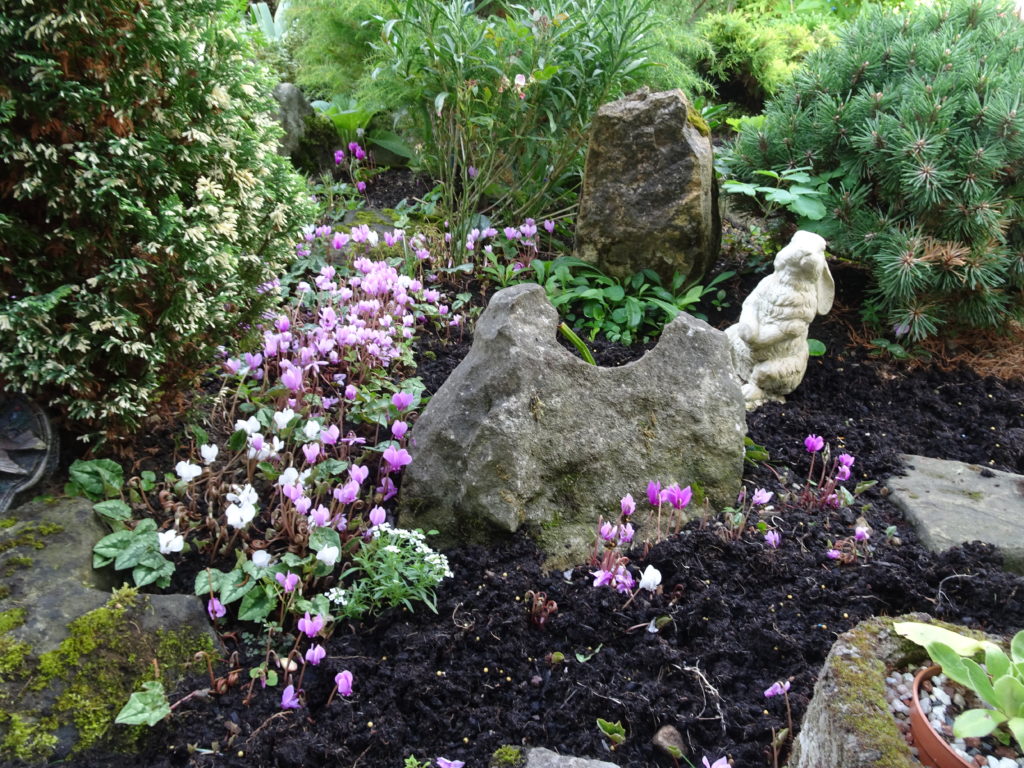 In front of the cyclamen I have just planted 100 Chionodoxa lucillia alba to provide spring sparkle and (rabbit food)!
In front of the cyclamen I have just planted 100 Chionodoxa lucillia alba to provide spring sparkle and (rabbit food)!